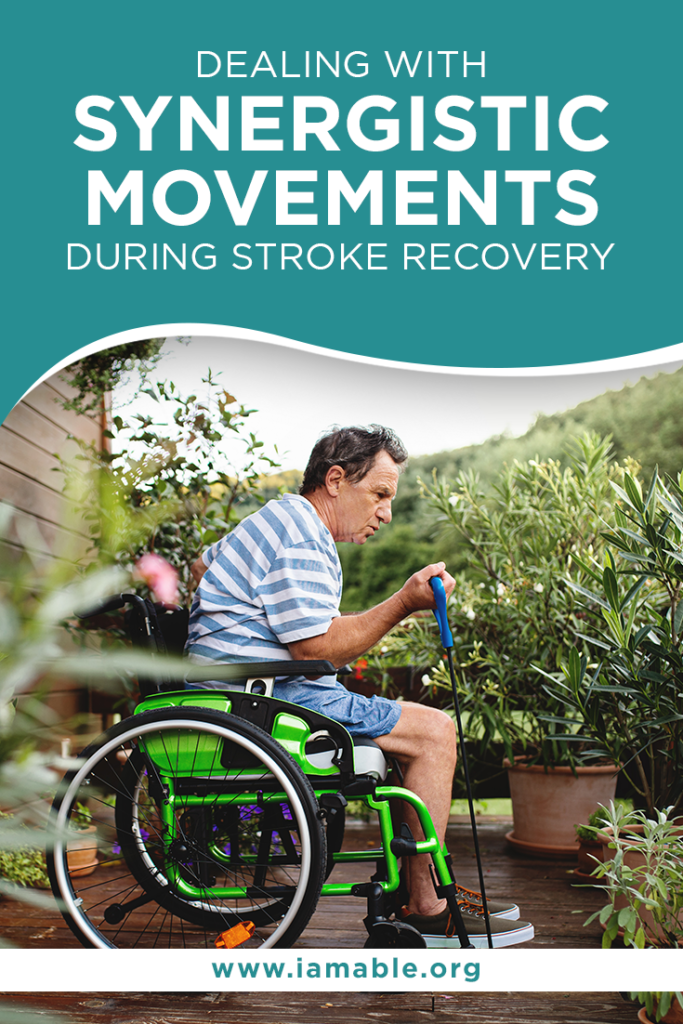Miami, FL 33186

Want to know how you can deal with synergistic movements? Check out our discussion on this symptom and its remedy, the activity-based therapy in Miami, here.
Coping after a stroke can come with varying challenges, depending on the severity of the attack. Many people wonder if they can still recover or find a way to cope with common issues such as muscle synergies. As the go-to source of activity-based therapy in Miami, we thought of sharing our tips and insights on dealing with muscle synergies during recovery. Check out our comprehensive guide below.
Muscles work hand in hand with other parts of the body, such as bones and connective tissues, so that you can move from one place to another. Usually, the muscles coordinate with each other to produce a specific movement, such as lifting your arm or striding your legs.
You have two groups of muscles, namely agonist and antagonist muscles. These muscles follow contradicting actions to push and pull the bones.
Depending on the information sent by your brain, an agonist muscle fiber can flex. Meanwhile, the antagonist’s muscle counters the action to facilitate the movement correctly.
So, for example, if you need to lift a fork while eating, your triceps get activated, while it’s antagonist pair, the biceps relaxes.
Sadly, in stroke survivors, the brain can sometimes misfire, activating the wrong muscle groups. Consequently, you notice strange or awkward muscle reactions or synergistic muscle movements.
The journey to recovering from a stroke often comes with a lot of challenges and frustration. Often, it’s hard to determine how long the recovery period would last because each stroke case is different from the other.
Doctors and therapists need to look into specific factors like age and the severity of the cognitive and physical effects. Other factors such as emotional issues and the level of commitment in completing procedures like activity-based therapy in Miami can also contribute to your recovery journey.
Fortunately, patients nowadays can better understand their condition through the Brunnstrom stages of stroke recovery. Essentially, the Brunnstrom approach can help you tell your progress. It consists of six stages, namely:
If you have started to observe spasticity or synergistic movements, this means that your muscles and nerves are on their way to healing. So, even though it may be a bit frustrating when you move a finger and the neighboring muscles shortly flex or extend as well, remember that it’s a sign that you are getting better.
The only challenge at this point is to ease your brain and muscles into re-connecting correctly again. You can compare the process of rewiring a computer to ensure that every bit component works.
And to do that, you will need to constantly practice and provide opportunities for your brain and muscles to re-learn their original function. While it’s not a simple feat, you can tap into remedies such as activity-based therapy in Miami.
Activity-based therapies aim to help patients recover from various types of paralyzing injuries. Some seek this procedure because of spinal injuries, while others use it to restore muscle function after a stroke.
As the name suggests, this approach involves doing mild to intense physical activities. By doing so, you can gradually activate the affected muscles. It also helps you rebuild the connection between the brain and muscles.
It’s also a promising approach because not only does it help restore mind and body coordination but also boosts your strength and agility after a stroke.
While it’s a physically challenging procedure, it does show great potential in helping you achieve a faster recovery time. This way, you can shortly go back to your usual routine, such as walking around the house for chores and bonding with your family.
Besides fixing the connection between your brain and muscle, it’s also crucial to work on other aspects, such as your ability to speak and perform day-to-day activities. For that, you will need to consult with your physician or therapist to determine the best course of action to take.
You might also find it helpful to join support groups to help you cope with the mental health impacts of stroke, especially among patients who experience paralysis.
More importantly, you will also need to start implementing stroke prevention tactics. Studies show that patients who have a history of stroke tend to be more susceptible to another attack. We suggest retracing the leading cause of the attack, which could range from atherosclerosis (thickening of the blood vessel walls), hypertension, diabetes, and atrial defibrillation.
Paralysis Recovery Timeline: How Long Will My Recovery Take?
Until today, stroke remains the number one cause of paralysis in the USA. According to the latest statistics, about 33.7 percent of patients with paralysis stem from a stroke.
Fortunately, living a normal life after paralysis is now possible with activity-based therapy and other procedures. Once you spot signs of spasticity or synergies movement, you should start seeking the help of a therapist to help encourage your body to get better. It may be physically taxing at first, but gradually, you can see results and enjoy doing some of your enjoyed activities before a stroke.
Want to learn beyond the benefits of activity-based therapy in Miami for patients with paralysis? Download our free eBook on the seven simple but effective steps to thrive after experiencing paralysis.
Grab our free e-book 7 Unbelievably Important Steps to Take to THRIVE after Paralysis by clicking the image below.
